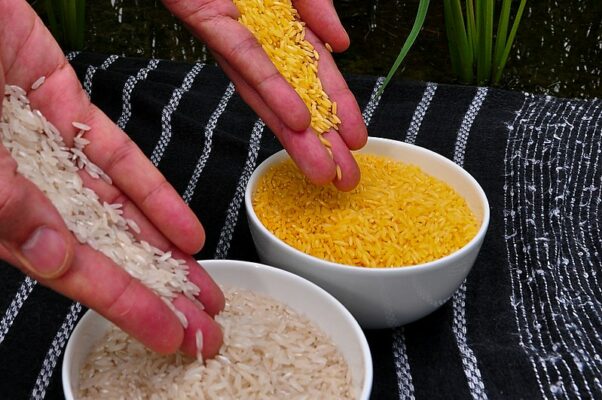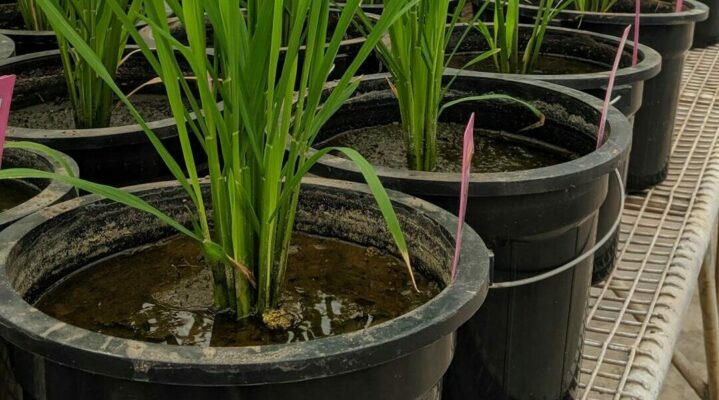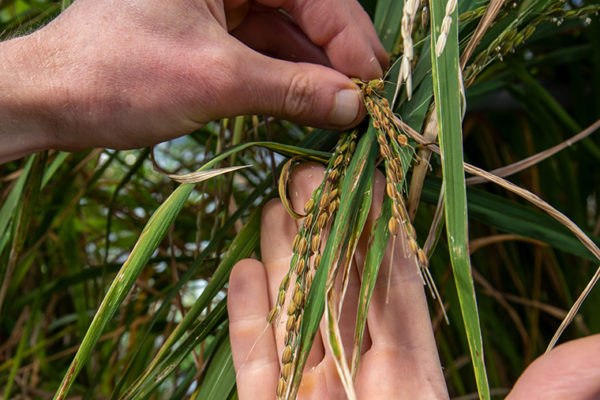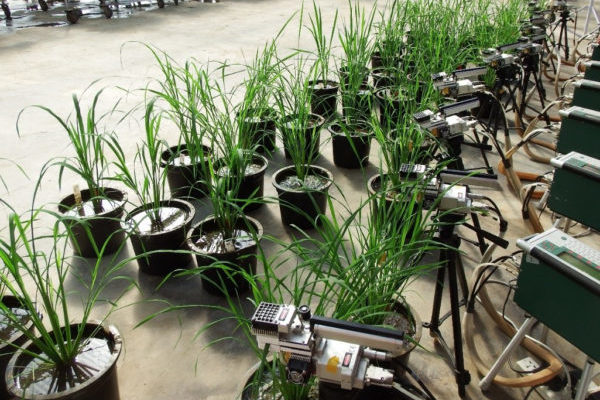
The Philippines became the world's first country to approve the commercial production of genetically modified "golden rice" that experts hope will provide 30-50 percent of the estimated average requirement of vitamin A in the developing world.
Read More





